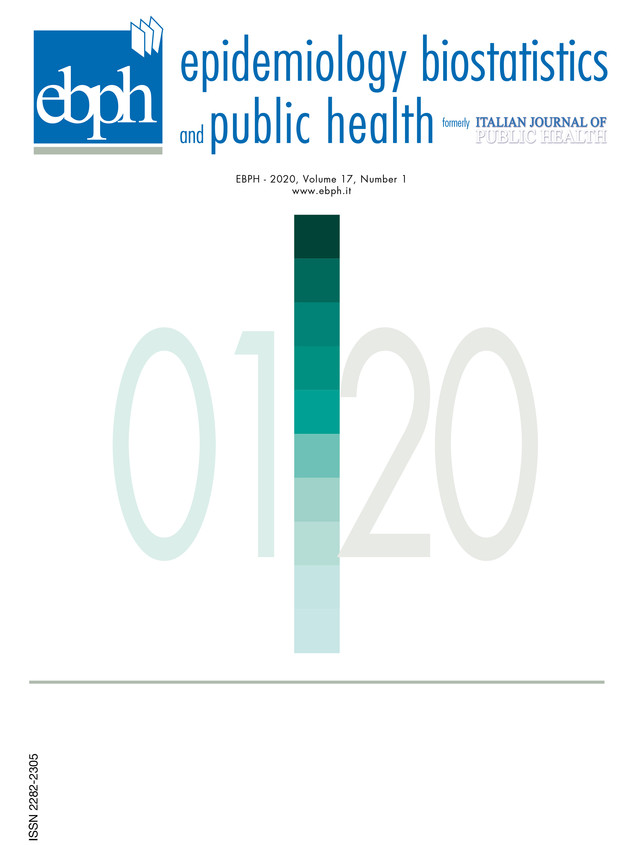Pain management and outcomes in cancer patients: comparison between oncological and palliative sets of care
DOI:
https://doi.org/10.2427/8698Keywords:
Cancer pain management, Setting of care, Palliative care, OncologyAbstract
Background: medical oncologists and palliative care physicians have different tasks even if they play a similar role when coping with pain of their patients. In spite of this converging goal, oncologists and palliative care therapists can not have the same approach and impact in managing pain. This study analyzes how pain is treated and which outcomes derive from in 1 461 cancer patients separately cared by oncologists or palliative care physicians.
Methods: data derive from an observational, multicentre, prospective, longitudinal study carried out in 110 Italian hospitals. After inclusion, the data were recorded weekly for a 28 days period of follow-up.
Results: 876 patients (60%) were cared by oncologists and 585 (40%) by palliative care physicians. The two professional categories tended to similarly manage the drugs of WHO analgesic ladder, while rescue and adjuvant therapies were more frequently used by palliative care physicians. Opioids daily dose increased from 68.3 to 92.5 mg/day (Effect size=0.282) among oncologists and from 70.8 to 107.8 mg/day (Effect size=0.402) among palliative care physicians. The switch of opioids was applied in 12.3% and in 19.1% (p=0.1634), respectively. Pain intensity decreased in both groups but more strongly in the palliative context. The full responders patients were 50% in oncology wards and 58.9% in palliative care (p=0.0588).
Conclusions: this study indicates how much oncologists and palliative care physicians differ in managing cancer pain. The observational nature of this study reflects the natural and unaffected choice of the professionals. As intrinsic limit the study only describes their behaviors without a stringent comparative evaluation.
Downloads
Published
Issue
Section
License
Copyright (c) 2022 A. Roberto, O. Corli, M. Montanari, M. T. Greco, G. Apolone

This work is licensed under a Creative Commons Attribution 4.0 International License.





